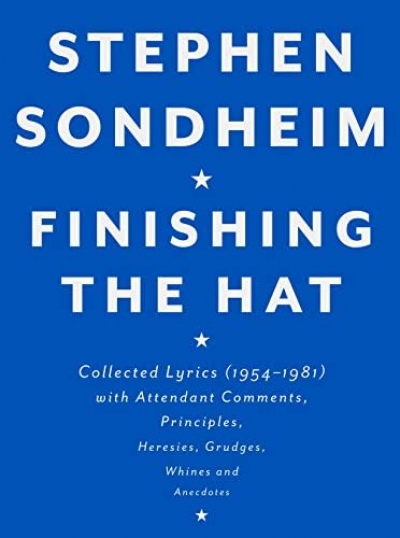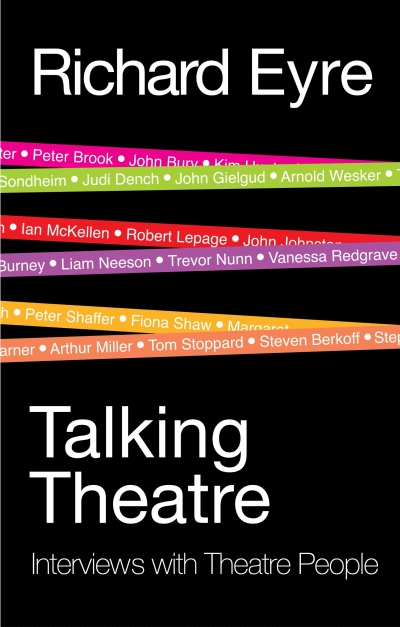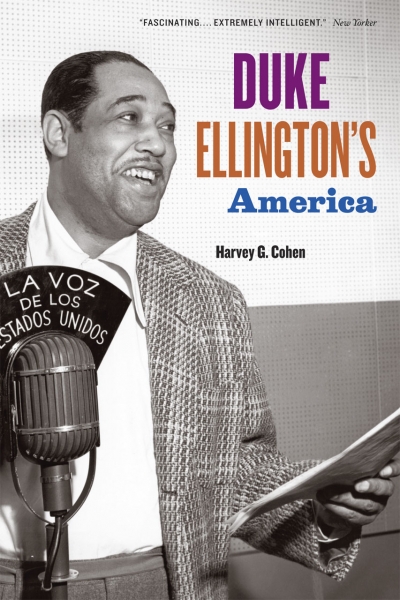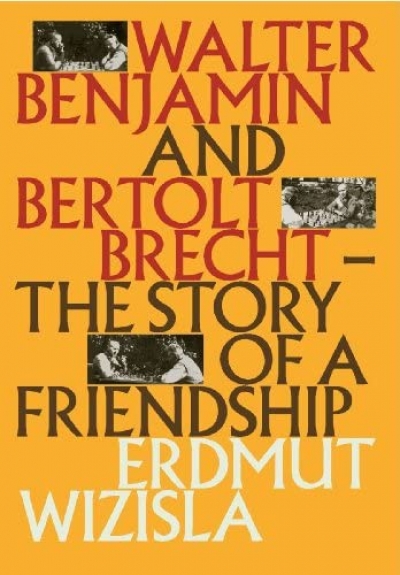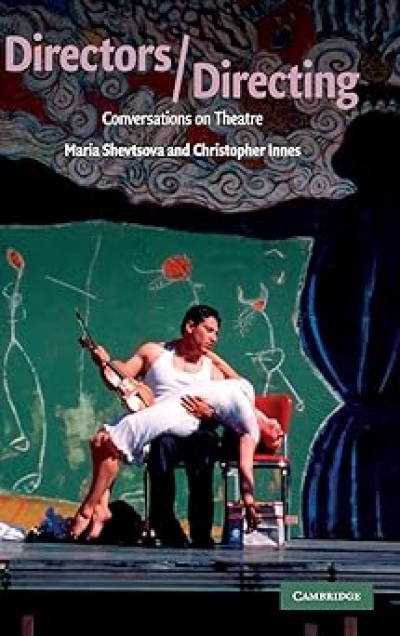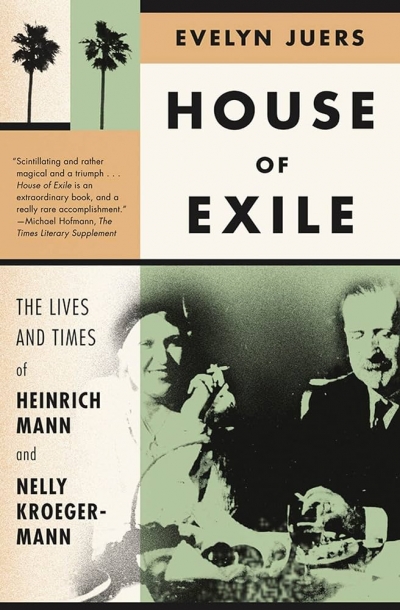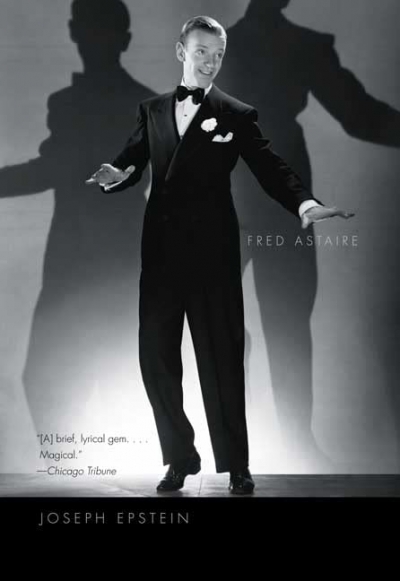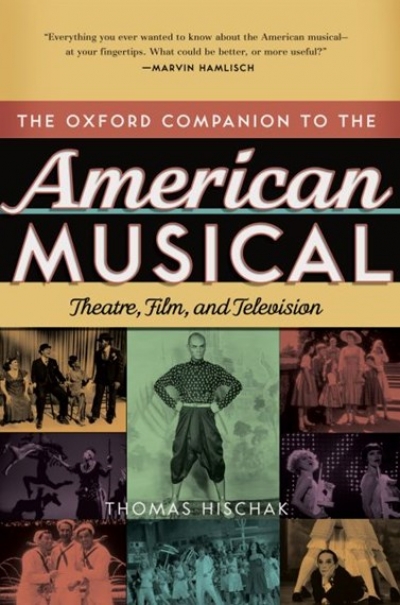Michael Morley
Finishing the Hat by Stephen Sondheim & Sondheim on Music by Mark Eden Horowitz
by Michael Morley •
Talking Theatre: Interviews with Theatre People by Richard Eyre
by Michael Morley •
Walter Benjamin and Bertolt Brecht: The Story of a Friendship by Erdmut Wizisla, translated by Christine Shuttleworth
by Michael Morley •
Directors/Directing: Conversations On The Theatre by Maria Shevtsova and Christopher Innes
by Michael Morley •
House Of Exile: The Life and times of Heinrich Mann and Nelly Kroeger-Mann by Evelyn Juers
by Michael Morley •
The Oxford Companion to the American Musical: Theatre, film and television edited by Thomas Hischak
by Michael Morley •

